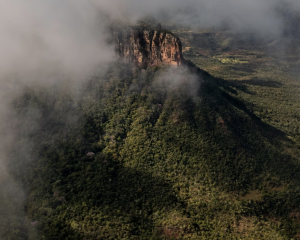It's called the Cerrado, Portuguese for "closed," and for nearly all of human history this vast tropical savanna in central Brazil seems to have been shut off from the rest of the world.

Brazilian agricultural scientists working in a government lab cooked up a fertilizer, packed with lime, that modified the harsh Cerrado soil and enabled cash crops to grow.











